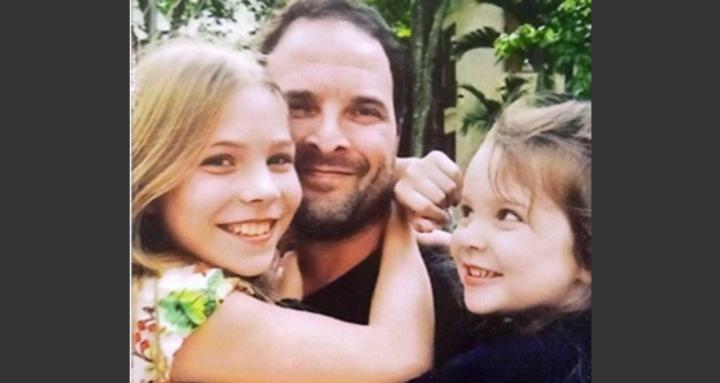Sep 19 (edited) • 🌐Important News
Weekly Update: Online Child Safety News You Need to Know (Sept. 12th to 19th)
Hey everyone — some important updates from the last week around online child safety. We can see both the urgent risks and what’s being done to hold platforms accountable.
🔍 What’s Going On
- FTC Demands Answers from Big Tech
The U.S. Federal Trade Commission has sent formal orders to seven major AI/products companies — including Meta, OpenAI, Snap, xAI, Character.AI, Alphabet — asking them to detail how they test, monitor, and limit negative effects of their chatbots on children and teens. This includes things like how they handle user input, protection from harmful content, and how they monetize engagement.🔗 Source: Reuters
2. Parents’ Testimonies About AI Harms
Grieving parents took to Congress to share tragic stories: children who used AI chatbots experienced romantic or sexualized conversations with bots, or had self-harm or suicidal ideation suggested by bots. These firsthand accounts are pushing for stronger laws and clearer obligations for AI platforms.🔗 Source: AP News
3. OpenAI Introduces New Teen Safeguards
In response to growing concerns, OpenAI rolled out safety features aimed at teen users of ChatGPT: age-based filtering, parental controls, alerts if the system detects self-harm or suicidal content, and restricting graphic sexual content. This is a big step, but many say regulation should keep pace.🔗 Source: Wired
4. Meta’s Hidden Research & Whistleblower Allegations
Internal research reportedly showed children facing grooming, bullying, and sexual misconduct in Meta’s VR platforms (like “Horizon Worlds”). Whistleblowers allege Meta suppressed those findings or delayed them, raising serious questions about transparency and corporate responsibility.🔗 Source: Washington Post
💡 What It Means for Parents
- Chatbots and AI are no longer distant concerns — they’re now part of everyday risks.
- Much of the danger comes from the hidden nature of AI: when conversations go off-script, when platforms market or design for vulnerable youth without clear guardrails.
- Legal/regulatory pressure is starting to move. But technology companies must do more—not only reactive fixes, but designing for safety from the beginning.
- Parents should keep conversations open with kids, monitor what AI tools are being used, check settings, and treat these tools like any other unsafe environment until proven safe.
Stay vigilant, nothing protects children better than good conversations and active monitoring.
3
0 comments
Suggested communities
Powered by

